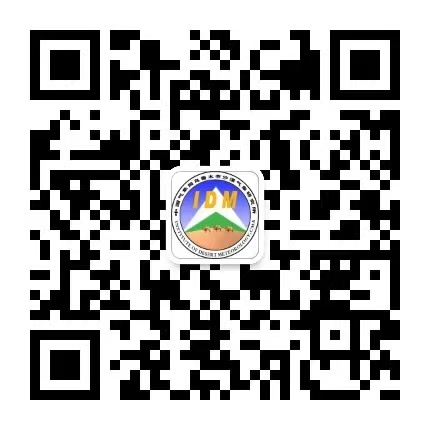

Supported by the Ministry of Science and Technology, China Meteorological Administration, and Xinjiang Meteorological Bureau, the Tree-Ring Laboratory was established by Institute of Desert Meteorology, China Meteorological Administration, Urumqi in 2002. Subsequently, this laboratory became the Key Laboratory of Tree-ring Physical and Chemical Research of China Meteorological Administration in 2005, and was designated as Xinjiang Key Laboratory of Tree-Ring Ecology in 2009.
The Tree-Ring Laboratory underwent renovations and expansions in 2004 and 2007, continuously strengthening its scientific platform. It is equipped with comprehensive, internationally first-class analytical instruments, enabling systematic research on tree-ring width, grey intensity, density, wood anatomy, stable carbon and oxygen isotopes, heavy metals, and radial growth monitoring.
Focusing on the scientific and technological needs of modern meteorological services, aiming at the international research frontier of dendrochronology, the laboratory prioritizes research on climate, water resources, and ecological environment issues in Central Asia and the dry-cold regions of Western China. The laboratory seeks to enhance China’s original research capabilities in climate change, ecology, and environmental science, cultivate a national-level professional team in dendroclimatology, and establish itself as a first-class professional open laboratory in China with international influence.
Research Fields and Content
(1) Dendroclimatology
Analyzing the response of tree-ring growth characteristic parameters (width, density, grayscale, stable isotopes, cellular features) to climatic factors. Utilizing these parameters to reconstruct climate histories spanning centuries or even millennia, thereby providing decadal-to-centennial-scale climatic background data for climate diagnosis. Further improving the tree-ring data network and constructing a tree-ring data information system. Conducting comparative studies between historical climate change and climate model outputs to explore the mechanisms of regional climate change. Undertaking research on climate change adaptation to provide foundational data and theoretical support for policy advisory.
(2) Dendrohydrology
Analyzing the response of tree-ring growth characteristic parameters to hydrological elements. Utilizing tree rings to reflect extreme hydrological events and reconstruct long-term hydrological history, thereby exploring the patterns and spatiotemporal variations of hydrological changes.
(3) Dendroecology
Based on integrated forest eco-meteorological monitoring, conducting research on forest microclimates, intra-annual radial tree growth, and sap flow. Combining wood anatomy feature analysis with modeling to understand physiological characteristics of trees in arid regions, climatic constraints on radial growth, and their physiological mechanisms, thereby elucidating forest dynamics and their response mechanisms to global warming.
(4) Tree-Ring and Physicochemical Analysis
Analyzing variations in pollutant element concentrations within tree rings and tree growth responses to environmental pollution. Reconstructing pollution history in contaminated areas. Examining changes in atmospheric composition and aerosol concentrations in Xinjiang, morphological transformations of particulate matter, and material-energy exchanges between tree growth and atmospheric environments in the region, to assess impacts of atmospheric components on regional climate.

0991-2652429

desert@idm.cn

新疆维吾尔自治区乌鲁木齐市建国路327号


Scan to follow
us on WeChat